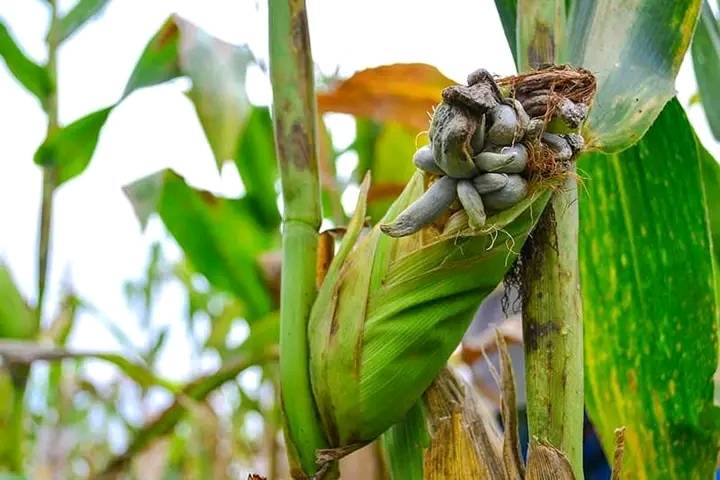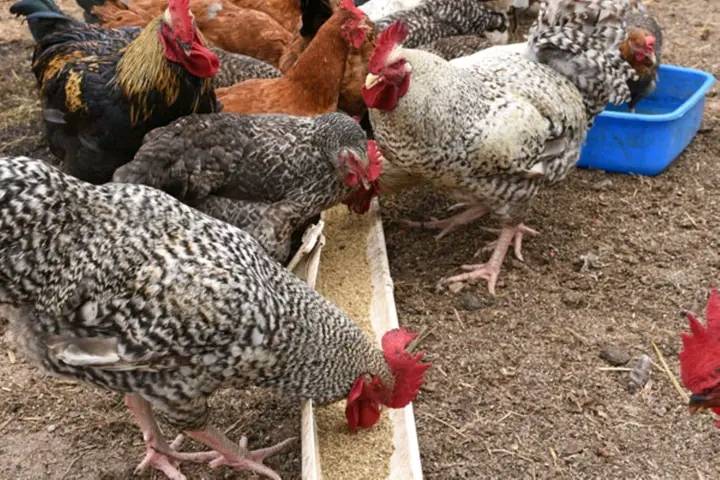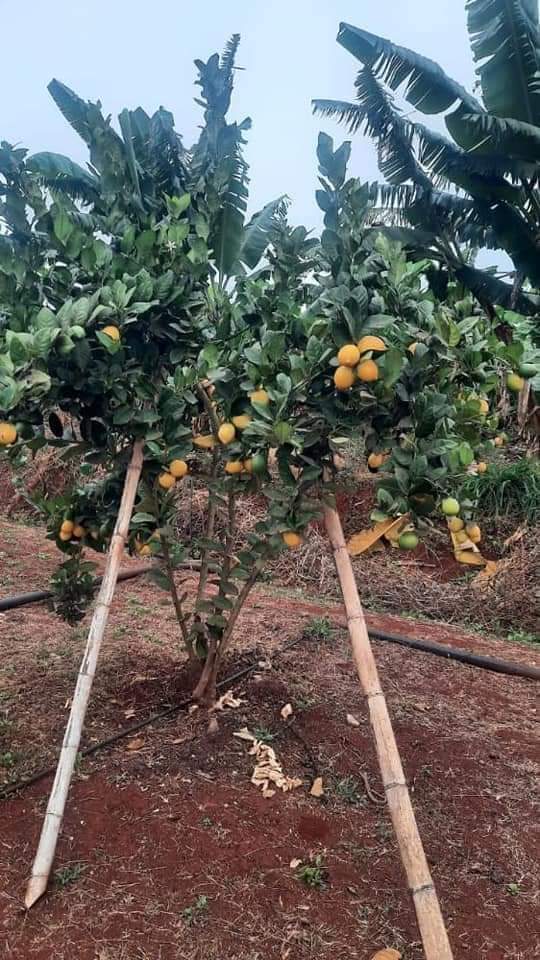 Maize smut is a fungal disease that affects maize plants.
Maize smut is a fungal disease that affects maize plants. It’s caused by a fungus called Ustilago maydis.
It’s caused by a fungus called Ustilago maydis. This fungus forms large, swollen, black, or grey galls on the ears, tassels, and other parts of the maize plant.
This fungus forms large, swollen, black, or grey galls on the ears, tassels, and other parts of the maize plant. When a maize plant is affected by smut, you’ll notice the formation of large, swollen galls or tumors on various parts of the plant.
When a maize plant is affected by smut, you’ll notice the formation of large, swollen galls or tumors on various parts of the plant. These galls can appear black, grey, or even whitish in color.
These galls can appear black, grey, or even whitish in color. They can develop on the ears, tassels, stalks, and sometimes even on the leaves. Inside these galls, you’ll find masses of powdery spores that are dark brown to black.
They can develop on the ears, tassels, stalks, and sometimes even on the leaves. Inside these galls, you’ll find masses of powdery spores that are dark brown to black. These spores can easily spread to other plants and contribute to the spread of the disease.
These spores can easily spread to other plants and contribute to the spread of the disease.Preventive Measures
-Plant tolerant varieties.
-Avoid damage to the crops during cultivation practices.
-Prevent damage by insects and other pests.
-Make sure to keep correct spacing between plants.
– Monitor, collect, and destroy galls before dark fungal spores are released.
 Always consider an integrated approach with preventive measures together with possible biological treatments.
Always consider an integrated approach with preventive measures together with possible biological treatments. Foliar applications of Fungicides do not reduce the incidence of common smut infections in Maize.
Foliar applications of Fungicides do not reduce the incidence of common smut infections in Maize.Prevention is better than cure
Note: Corn smut can pass through the digestive tracts of animals and is often spread while using manures.
 They can remain viable in the soil for several years.
They can remain viable in the soil for several years. Spores spreads onto the plants with wind, soil dust and rain splashes.
Spores spreads onto the plants with wind, soil dust and rain splashes.




